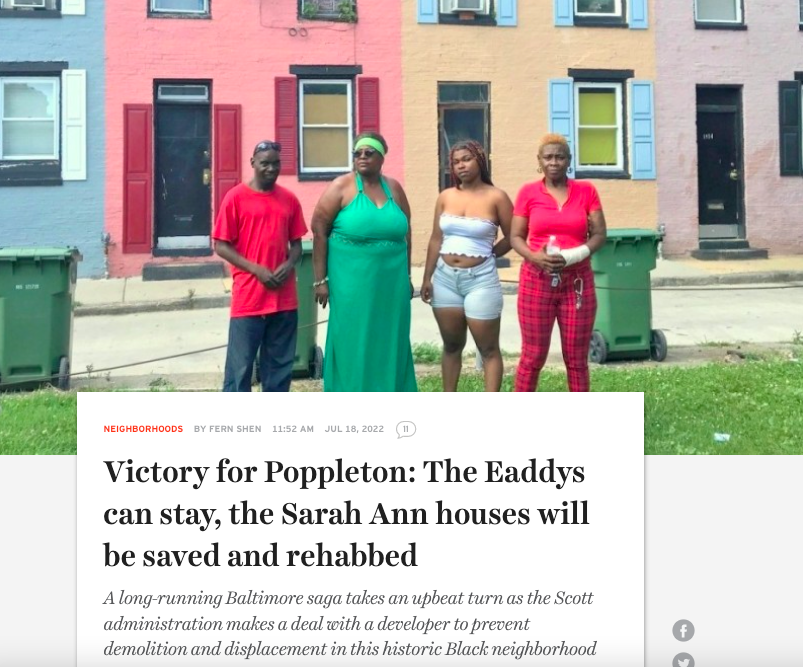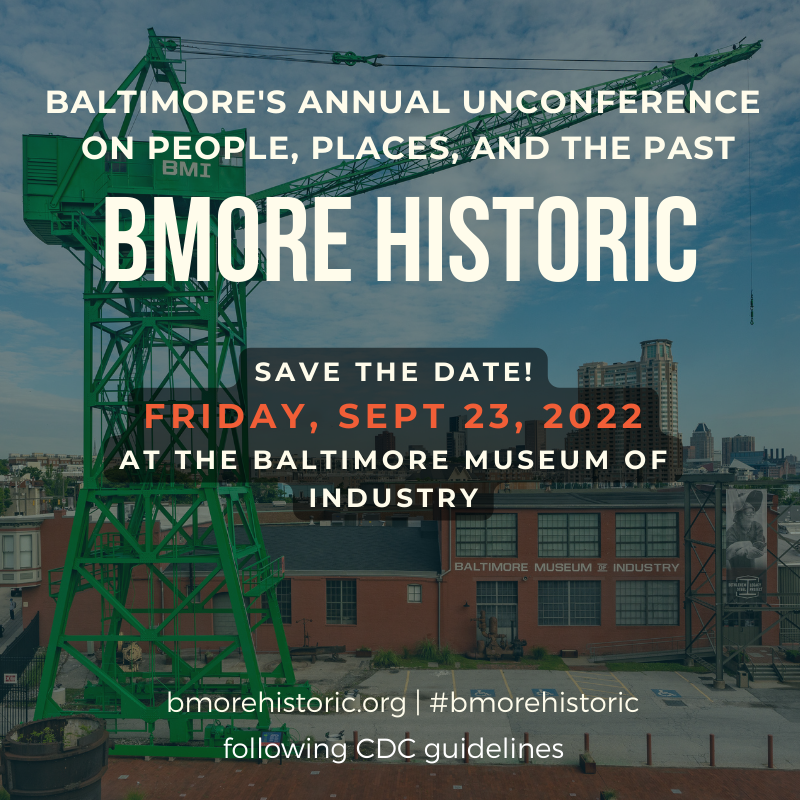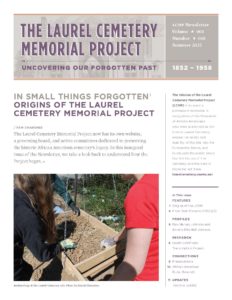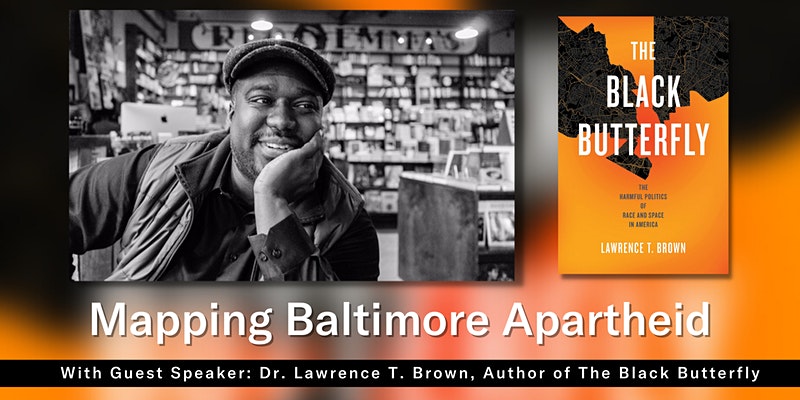Last week, Baltimore Heritage had its annual Preservation Celebration and we are delighted we could once again gather in person! We handed out 14 awards to groups and individuals doing fabulous work celebrating and preserving our city’s history and buildings. We gave out 6 micro-grants to 6 very worthy community projects. We conducted our organization’s annual meeting and welcomed a few new board members. And we said a big thank you to our wonderful volunteers. They make historic preservation possible in Baltimore. All the while, we ate delicious food from Trinacria and drank wine from Spirits of Mt. Vernon! Thank you to everyone attended.
Award Winners:
Sonia Eaddy and Nicole King
For tireless advocacy in historic Poppleton
CASA
For the restoration of the 1921 Belnord Theater
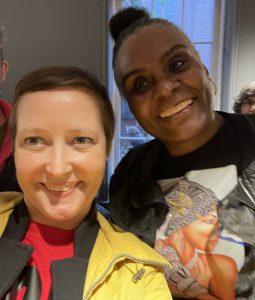
Lillie Carroll Jackson Civil Rights Museum
For developing a Baltimore Civil Rights history school curriculum
Baltimore City Department of General Services and
Carroll Museums, Inc.
For the restoration of the interior of the Phoenix Shot Tower
The Peale
For the restoration of The Peale
Friends of Patterson Park and
Baltimore City Department of Recreation and Parks
For restoration of the historic superintendent’s house in Patterson Park
Nia Redmond
For creating the East Baltimore Historical Library
Meadow Development Group
For restoration of The Eleanor at 3400 Auchentoroly Terrace
Jubilee Baltimore
For rehabilitation of the Odell’s Building at 19-21 East North Avenue
Bree Jones
For advancing equitable renewal in historic West Baltimore
Volunteer of the Year – Richard Messick
For enhancing Baltimore’s historic places through years of research, publishing, and tour guiding
Pitch Party Winners
$1000: St. Mark’s Lutheran Church
For exterior lighting
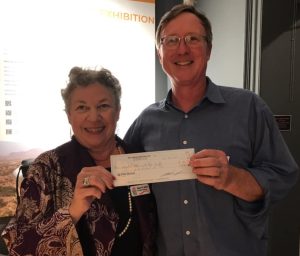
$750: Laurel Cemetery Memorial Project
For new cemetery signage
$750: Greater Baltimore Urban League
For a new history exhibit
$500: Maryland Women’s Heritage Center
For a new electronic exhibit
$500: Carroll Museums, Inc.
For a new Shot Tower sign
$500: Filbert Street Garden
For new beehive boxes


